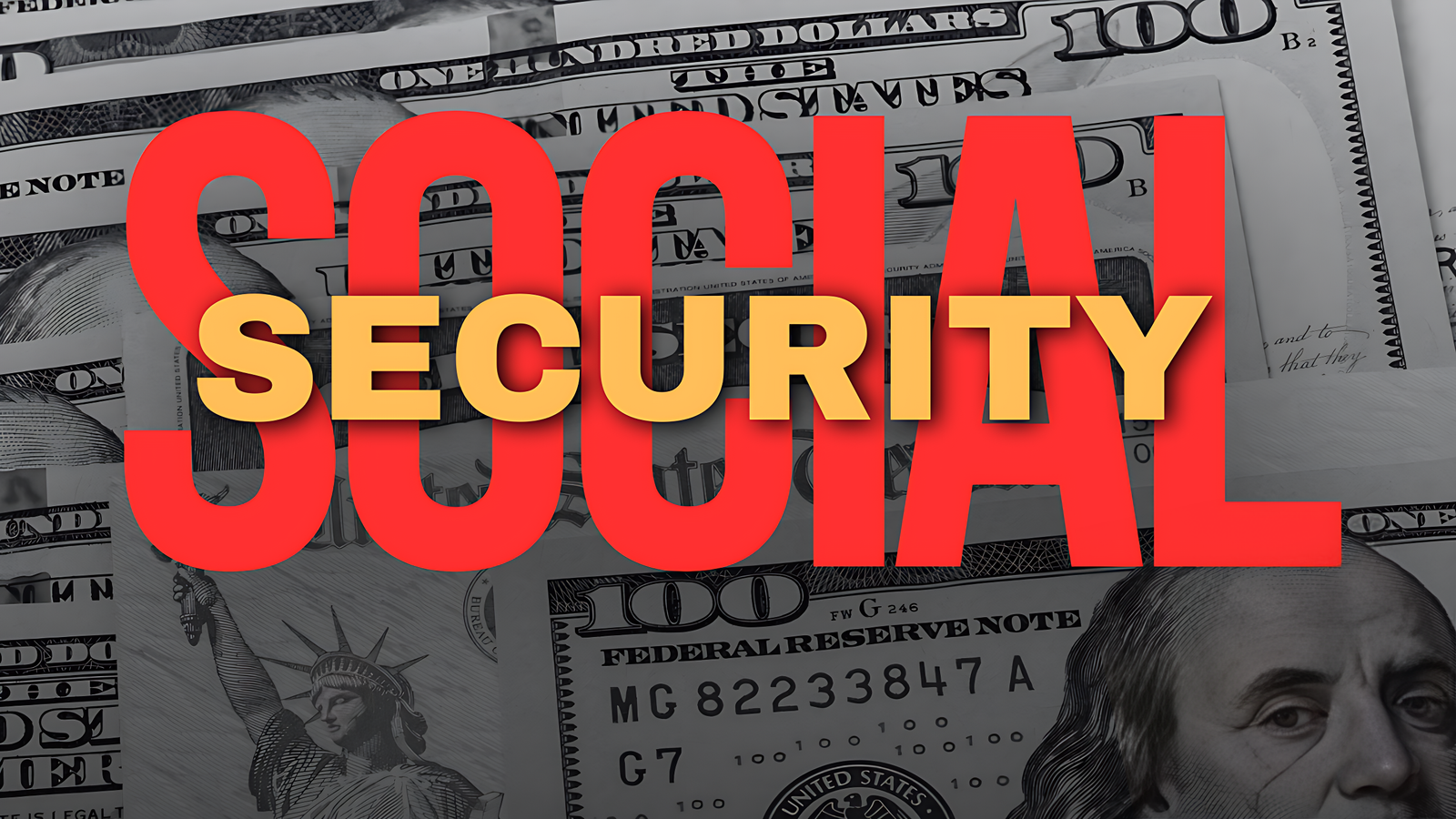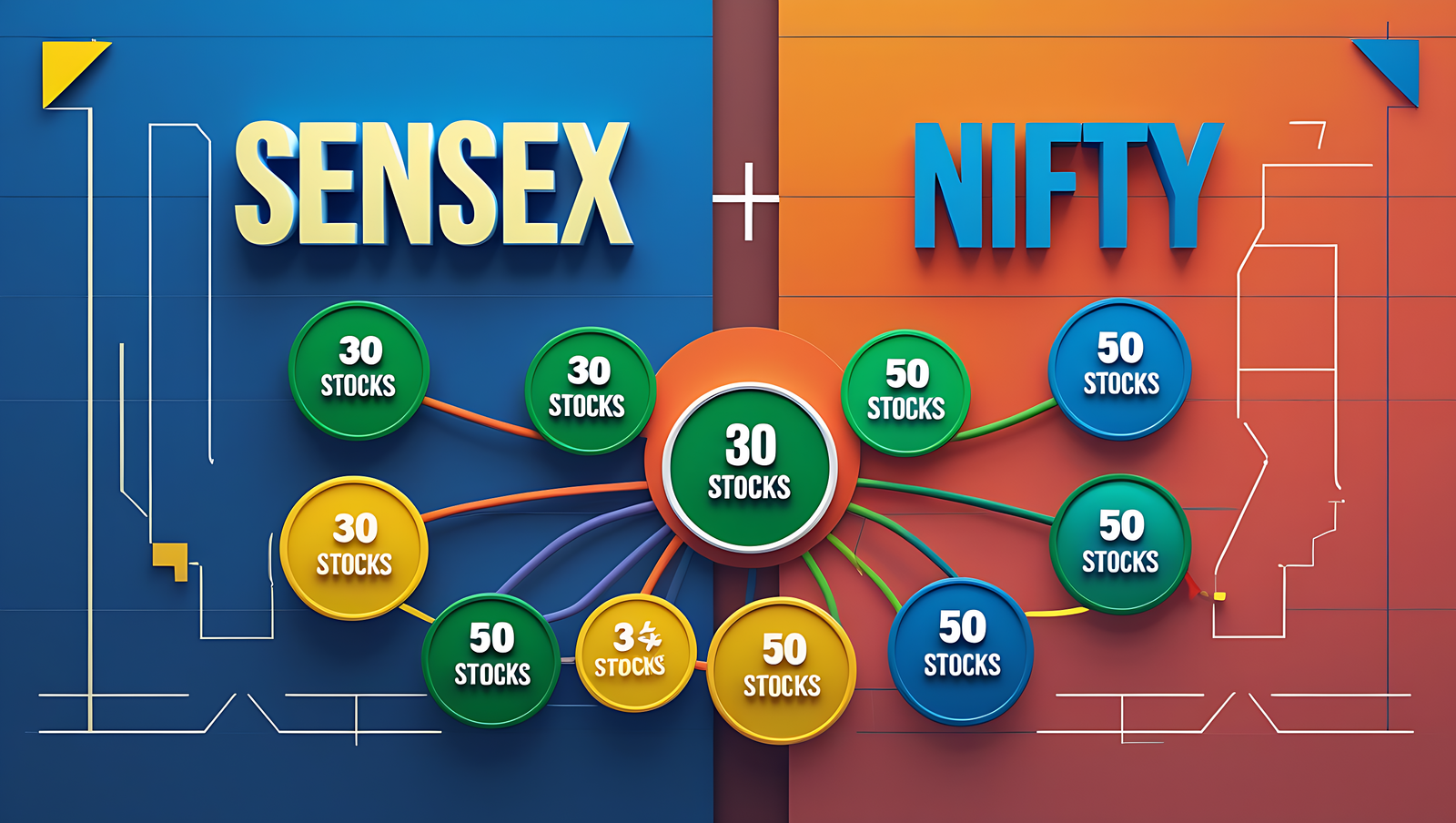US Consumer Sentiment: A Key Signal in an Uncertain Economy
Consumer confidence in the United States remains an essential barometer of economic well-being, particularly in a year that has seen changing interest rates, worldwide uncertainty, and a tentatively positive jobs market. The University of Michigan’s Consumer Sentiment Index, among the most closely monitored gauges, provides a real-time gauge of how Americans perceive the economy — and their place in it.
What is Consumer Sentiment?
Consumer mood reflects the degree to which individuals are upbeat or downbeat about their own economic conditions and the general outlook. It is influenced by anxieties over employment security, inflation, interest rates, and world developments. If individuals are upbeat, they spend more, which boosts economic activity. If they’re in a sour mood, individuals reduce expenditure — and that can stifle the economy.

The Current Mood: A Mix of Optimism and Caution
As of early 2025, U.S. consumer sentiment has been modestly better than last year but still well below pre-pandemic levels. The most recent reading in the University of Michigan’s April 2025 survey indicates the index increasing slightly, which reflects consumers’ guarded optimism.
Declining inflation and a healthy jobs market have helped to dispel some of the gloom that hung over in 2023 and early 2024. Prices at the pump have leveled off, food prices have moderated, and wages have risen incrementally — all of which have brought a muted sense of relief to American families.
Nevertheless, there are concerns. Most consumers are still wary of rising interest rates, particularly on mortgages, auto loans, and credit card debt. There is also some skepticism regarding the overall world economy, world tensions, and potential financial market instability. In other words, while the average American isn’t panicking, they’re not going hog wild either. [World Economic Terms]
Why It Matters
Consumer spending represents close to 70% of U.S. GDP. That means what people are feeling — and what they are doing with their money — directly affects the nation’s economic performance. Strong sentiment typically translates into strong retail sales, home purchases, and business investment. Weak sentiment can be a signal for slower growth or even a recession.
Policymakers and economists pay close attention to consumer sentiment because it tends to serve as a leading indicator. If sentiment is low, economic activity will subsequently be low. That’s why Wall Street, the Federal Reserve, and even neighborhood business owners closely monitor these polls.
The Road Ahead
In the future, a lot will hinge on the path inflation, interest rates, and employment trends take between now and 2025. If inflation keeps decelerating and wages continue to rise steadily, consumer sentiment can keep rising. But any surprises — such as market shocks, increasing geopolitical tensions, or unanticipated job losses — can reverse that. [Recession Predictions]
In a perception-based as well as performance-driven economy, consumer morale will be one of the key stories to follow in the coming months.












